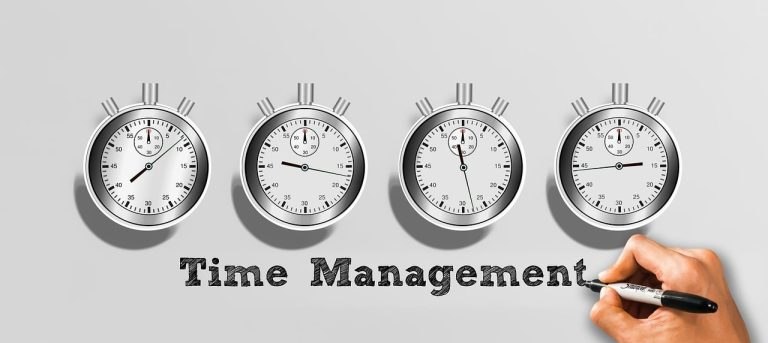Data-driven decisions seem to have become an inevitable key tool for optimizing processes and reducing uncertainty. Tools like A/B testing are undoubtedly useful – they give us clear facts about which of two alternatives performs better.
But they tell us nothing about the third, fourth, or tenth option we never thought to test.
Yet what really sparked this article was something else: I kept seeing the term “data-driven decisions” pop up in job ads again and again – and my spontaneous thought was: “Well, then I guess you don’t really need me, do you?” Because if data is supposed to steer everything, why even hire people? Of course, I understand that gut feelings shouldn’t drive everything – but when data becomes a requirement in itself, it sounds more like they’re looking for an AI than a human being.
And that made me ask the question: What happens when we become too dependent on data? Could we miss out on opportunities for creativity and innovation?
Historical Data Limits Innovation
One of the biggest challenges with data-driven decision-making is that it can actually hinder innovation – precisely because it relies on historical data, meaning what has already been tried, tested, and found effective.
And honestly, we could stop right there.
Because how on earth are we supposed to create something new by sticking to what already exists?
It’s like repainting the house with the same color over and over again and expecting it to somehow turn into a castle.
This way of thinking is a recipe for getting stuck in safe, minor adjustments.
It may seem smart not to fix what isn’t broken.
But that sense of safety can quickly become a creative straitjacket.
We end up circling what we already know, while the truly exciting opportunities are out there – just outside the comfort zone – waiting for someone bold enough to take the leap.
Data Optimizes What We Know – But What About the Unknown?
By fixating on what we already know, we risk overlooking the ideas that could create something truly new and groundbreaking.
Data-driven decisions tend to optimize existing realities rather than challenge them and open up new spaces for groundbreaking solutions.
Innovation rarely happens in Excel.
It happens in the unpredictable.
In the weird ideas.
In the experiments no algorithm would ever recommend.
That’s where the real growth of the future lies.
The Human Role in a Data-Driven World
And then there are the people.
It’s easy to think that AI and automation can fix everything – they’re incredibly efficient at handling massive amounts of data.
But machines lack the human spark. They don’t ask the “stupid” questions that turn out to be brilliant, and they definitely don’t say: “What if we just tried something completely different?”
When we base all decisions purely on data, we lose the essence of what it means to be human: empathy, intuition, and the ability to see opportunities where no one else thought there were any.
The Solution: A Balanced Approach
The solution is to find a balance where data and human insight are teammates, not competitors.
Technology provides us with efficiency and analysis, while we provide the creativity, vision, and magic that drive true innovation. When we dare to trust both the data and the gut instincts of our people, we create solutions that not only build on what has been – but that also point forward toward what could be.


